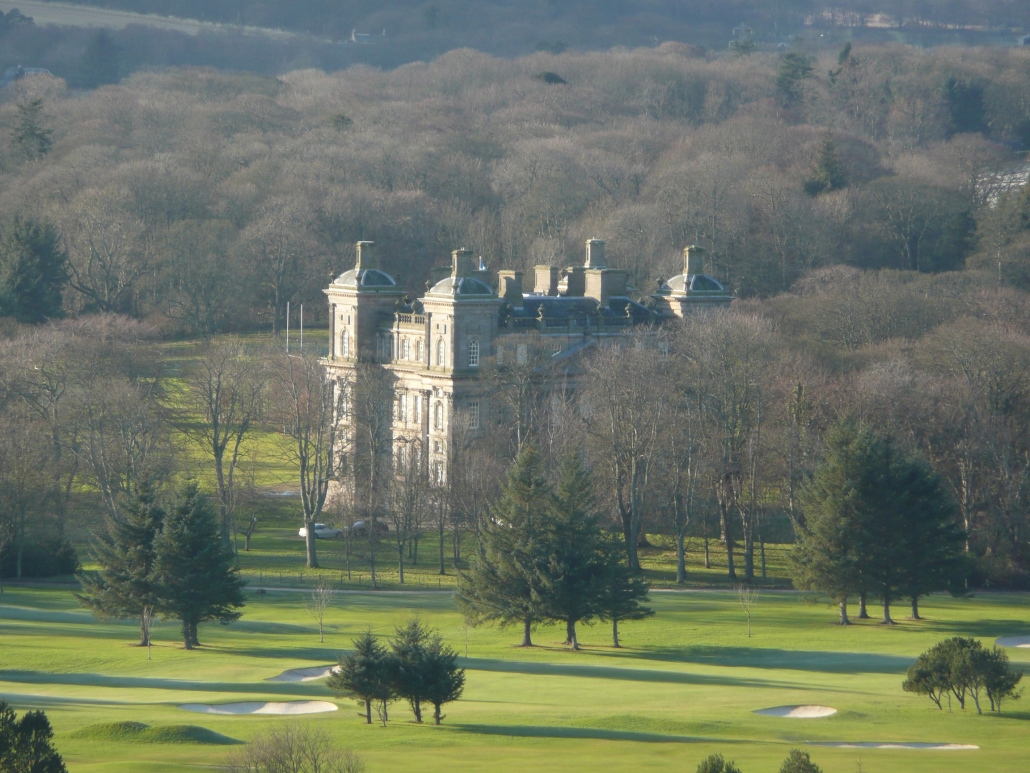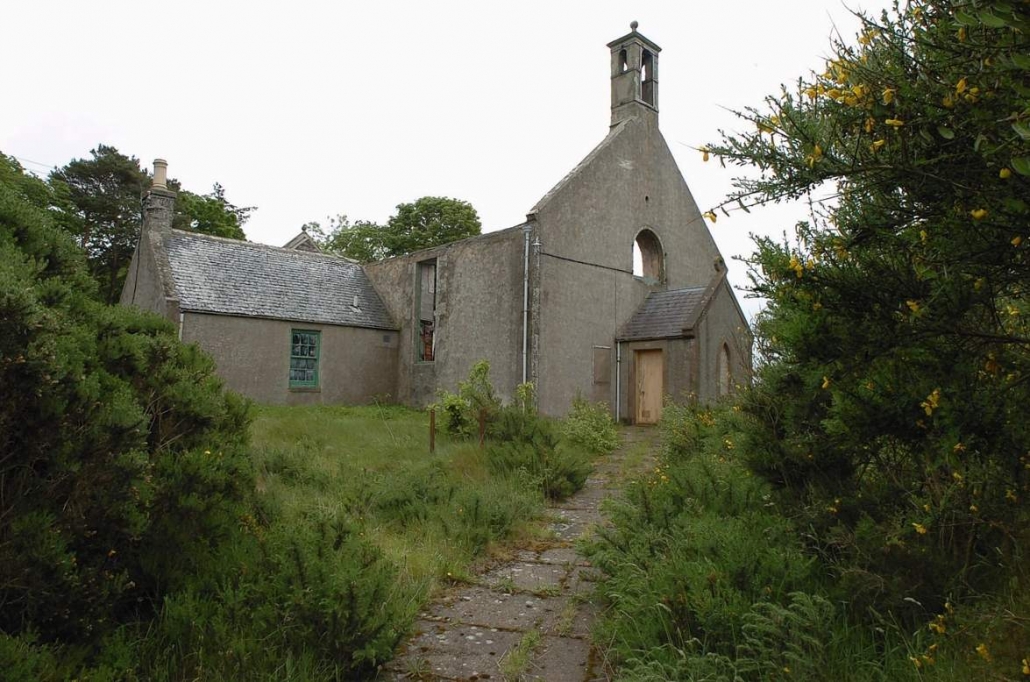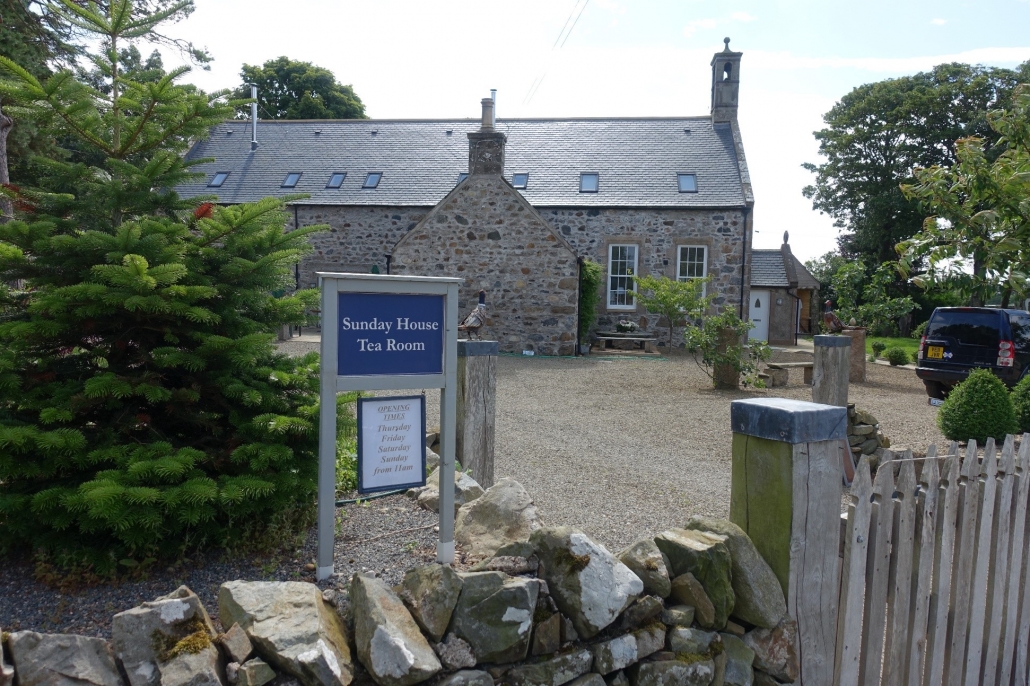One of the consequences of having woodland, is that wildflowers find their way to grow. During the late nineteenth century a number of lists of wildflowers around Banff were given, mostly under the auspices of the Banffshire Field Club, but they admit these were just partial surveys.
The local historian Allan Mahood, in his 1919 book, provides a chapter on local wildflowers, contributed to by several knowledgeable botanists. They conclude that the area around Banff has an unusually great “profusion, variety and charm” of its wild flowers. There is also a comment that there may not be rare plants – which may be true except for one exception – a plant perhaps not identified until more recently (see Part 2).
The examples below are just a few noteworthy wildflowers in the Duff House woods – most accompanied by images of some nineteenth century water colours of the plants.
Impatiens Roylei – or I. glandulifera – better known as the Himalayan Balsam. It was introduced into the UK in 1839 as a garden plant, and by early in the twentieth century a small patch was noted next to the Gelly Burn, near to where it joins the Deveron. A hundred years later and there are patches on both sides of the river, and not just by the banks, but even at an elevation of about 20 metres above the river. This has perhaps taken place because the plant can shoot it’s seeds up to 7 metres distance, which are easily transported on water as they are viable for about two years. This plant is now listed as an invasive species, overbearing many native plants; it seems to be slowly expanding locally. The picture is taken from Favourite (Garden) Plants in 1897 – not a favourite garden plant nowadays, not even a favourite wild flower!
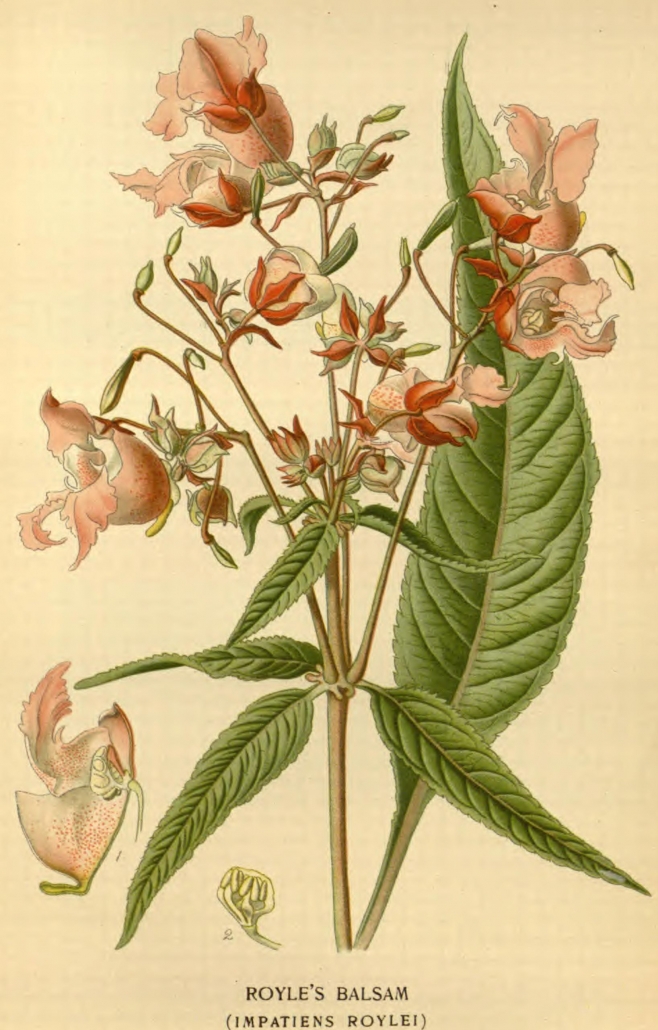
Allium Paradoxum – few flowered leek. Anyone that has walked through Duff House woods in June and July can hardly of missed the garlic smell in the area south of the Mausoleum. Follow the footpath just on the river side of the Mausoleum, and this leads you down to “Hospital Island”, a Leper Hospital many years ago. Garlic is a traditional natural remedy to ease the symptoms of leprosy; and few flowered leek is also called few flowered garlic. It is not known if that is the reason there is so much of this plant, completely covering Hospital Island and now spread to the surrounding woods. Two things to note; Hospital Island is not really an island any more as the channel has silted over; but this 1908 postcard shows it really did used to be. Secondly, please note it is illegal to replant because of it’s extreme spreading habit!

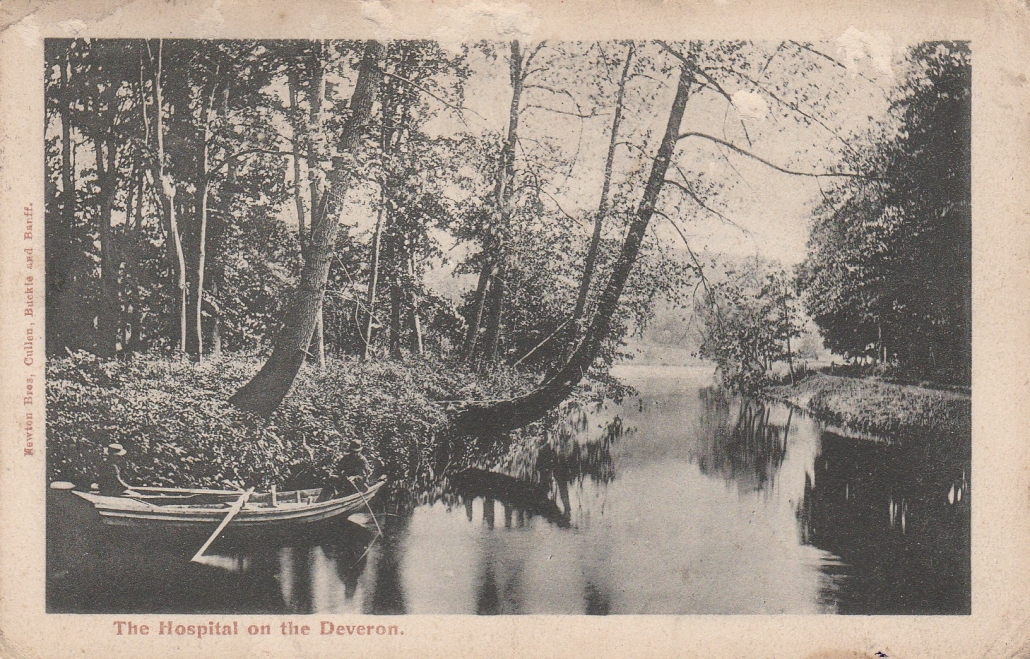
Mercurialis Perennis – Dog’s Mercury. This is, and was reported to be, very abundant in the low lying part of Duff House woods; it is very tolerant of shade and grows to about one foot (35cm) in height. It may not be considered to be the prettiest of plants, with just some very small greenish flowers. It has at least two special features however: firstly it is hermaphrodite – more accurately dioecious – as it has both male and female versions of the plant. Secondly and most important, it has nothing to do with “dogs”, and is highly poisonous to both dogs and humans, causing vomiting, jaundice, coma and eventually death. The word “dog” in this context means “false”. The painting, male on the left, female to the right, was done in 1831.


